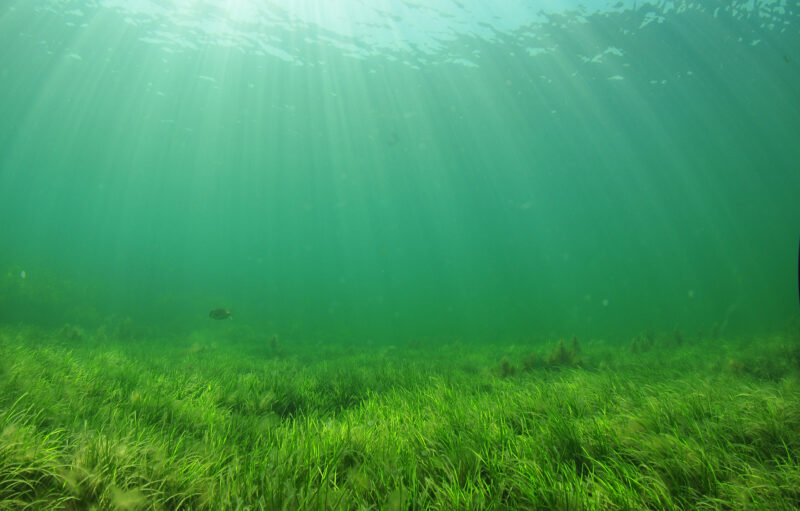PARK WATCH Article September 2025 |
Shannon Hurley, Nature Conservation Campaigner, on the lessons for Victoria from South Australia’s toxic algal bloom
On a quiet stretch of South Australia’s coast, locals walked down to the beach expecting the usual – gulls wheeling overhead, waves lapping gently, perhaps the flicker of a dolphin fin offshore. Instead, they found a graveyard: sharks, fish, seadragons, cuttlefish, even sea lions, all washed ashore.
Australia is no stranger to disasters– we’ve endured floods, fires, and droughts– but this is different. Just across the border we are witnessing one of the worst marine crises in living memory, a tragedy unfolding loudly above, and below, the waves, while political action remains disturbingly quiet.
The cause is a catastrophic toxic algal bloom – a marine disaster so vast it now stretches over 500 kilometres of coastline. Scientists are calling it one of the worst in Australian history, with over 32,000 dead animals recorded by citizen scientists, with the true toll likely far higher.
This isn’t just South Australia’s problem. The ripple effects will touch habitats across the country. For Victoria, with our own vulnerable bays and coastal waters, the question is: what can we do to avoid being next?
A perfect storm
Algal blooms themselves aren’t unusual – microscopic plants in the ocean sometimes grow quickly under the right conditions. But what’s happening now is different: this is toxic, widespread and lethal.
Scientists believe the bloom is the result of ‘a perfect storm’. The marine heatwave, driven by climate change, pushed sea temperatures well above average. Floodwaters from the Murray River carried nutrient-rich freshwater into the ocean, acting like fertiliser. Then, weeks of unusually calm seas stopped the algae from dispersing.
The death toll is staggering. More than 480 marine animals have been affected – from sharks and rays to delicate seadragons and the giant cuttlefish that draw divers from around the world.
Entire underwater forests of kelp and seagrass have withered. Threatened animals, including Endangered Australian Sea Lions and the Giant Kelp community, are among the casualties. Benthic habitats – the seabed ecosystems that anchor marine life – are barren.
Local economies built on tourism, diving and fishing now face uncertain futures.
Communities are urging state and federal governments to treat this as a national disaster. The Biodiversity Council’s report calls for seven actions, including emergency measures for wildlife at risk, $10 million for immediate research, and a long-term monitoring program for the Great Southern Reef.
A wake up call for Victoria?
It’s tempting to see this as a South Australian crisis. The conditions that triggered the bloom don’t stop at state borders.
Victoria needs to act now, including:
- Early warning systems: Monitoring for harmful blooms in high-risk bays could give us precious time to respond.
- Emergency planning: A marine disaster response plan would mean we aren’t scrambling if a bloom hits here.
- Cutting pollution: Stronger controls on nutrient run-off from rivers, farms, and cities could help prevent future blooms.
- Restoring habitats: Investing in kelp, seagrass, mangroves and shellfish reefs would boost resilience and help marine life recover, with strategic planning critical for places like Western Port Bay.
Victoria has a choice: to prepare, or to wait until the same thing happens here. The ocean is sending us a message. Ignoring it could cost us dearly.
Find out more at greatsouthernreef.com/2025-algal-bloom-June-update
- Read the latest full edition of Park Watch magazine
- Subscribe to keep up-to-date about this and other nature issues in Victoria
- Become a member to receive Park Watch magazine in print
